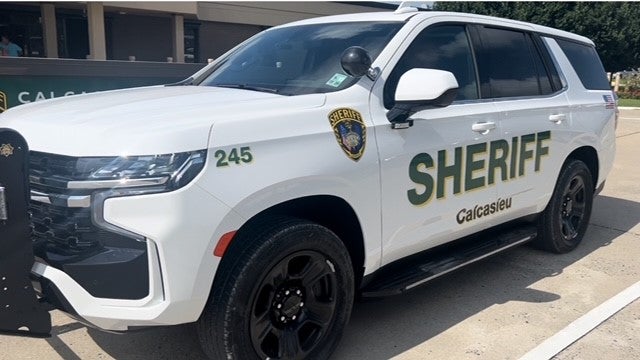Lawyer saying dates from late 18th century
Published 7:33 am Sunday, December 20, 2015
Editor’s note: Andrew Perzo is on vacation. Today’s Informer features a column that first ran on March 23.
Years ago, for a difficult problem, they used to say, “It would take a Philadelphia lawyer” to solve this or that problem. Where did that saying come from?
The term, used to describe — in either a complimentary or a derisive way — a shrewd attorney, first appeared in print in 1788 in a dispatch from London.
Most sources say it’s a linguistic tribute to Andrew Hamilton, an early 18th-century Philadelphia lawyer who successfully defended a newspaper publisher from libel charges.
But James E. Clapp, one of the authors of “Lawtalk: The Unknown Stories Behind Familiar Legal Expressions,” says the story lacks both evidence and plausibility.
“That 1788 use was far too remote in time from the 1730s, when Hamilton was a celebrity, to suggest a connection,” Clapp writes. “Moreover, the nature of the usage actually suggests a lack of connection: it refers to a generic Philadelphia lawyer rather than intimating that a particular Philadelphia lawyer was regarded as especially astute.”
He argues that Hamilton’s accomplishments — done before the Revolution, before independence — had, by 1788, been eclipsed by those of other men who had resided in Philadelphia in the intervening years, including the members of the First and Second Continental Congresses and the Constitutional Convention of 1787.
He says Londoners of 1788 likely wouldn’t have envisioned Hamilton when they thought of American legal sagacity.
“Many in London would still have been resentful about the loss of the colonies and dismissive of the American political experiment,” Clapp writes, “but if there were any Londoners inclined to think of American lawyers as particularly clever or wily, they would not have been harking back to the antediluvian days of Andrew Hamilton but referring to the bright lights of the day — the Philadelphia lawyers of their own time.”
Online: www.etymonline.com.
Buses must yield to passing traffic
Do public school buses have the right of way when exiting the school? Is traffic required to yield to the buses?
School buses, like other vehicles, must yield to traffic before entering a street from a driveway.
When to yield the right of way, according to the Louisiana Class E driver’s guide:
“At yield sign intersections.”
When making left turns.
At the approach of “emergency vehicles that are sounding a siren and flashing warning lights.”
To crossing pedestrians.
“At uncontrolled intersections where vehicles are already in the intersection.”
At “T” intersections.
“When driving on an unpaved road that intersects with a paved road.”
“When returning to the roadway after the car is parked.”
“When entering a road from a driveway, alley or roadside.”
At controlled intersections and at four-way stops.
Online: https://omv.dps.state.la.us.





